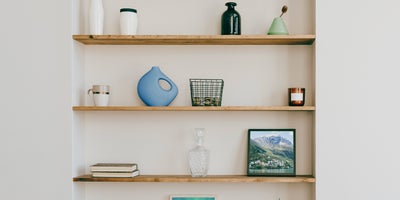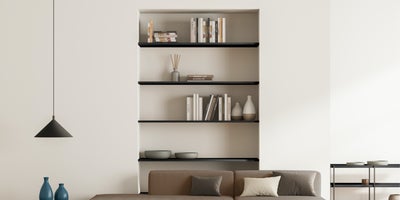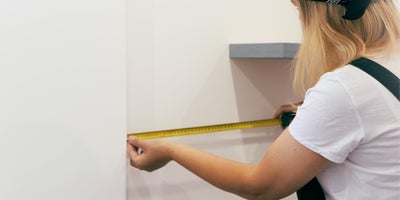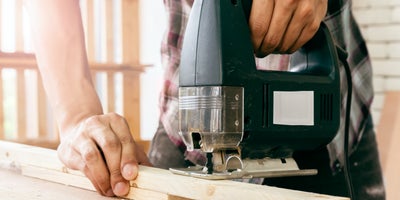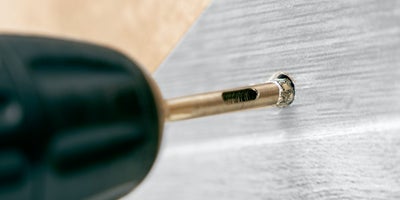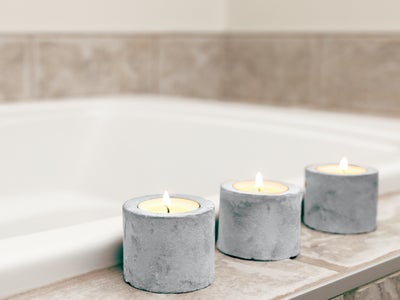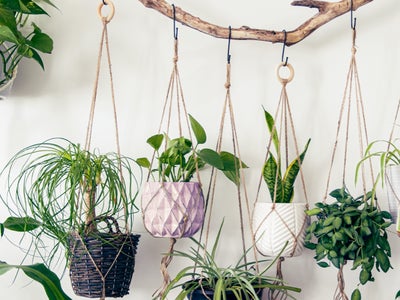An alcove presents plenty of potential. See it as a window of opportunity that’s both aesthetically on-trend and practical. Doing something with it makes use of a space that’s otherwise not doing much. One very effective solution is alcove shelving. You can lean more into the design or space-saving storage element based on your needs and preferences, either will add an extra dimension to your home. They’re built into the wall and are ideal for storing anything from books to photos, plants, ornaments and more. What’s more, they are relatively easy to build and don’t require a lot of materials or tools. The result is a beautiful, contemporary addition to any room that can easily be customised with colours, finishes, and decorations.
